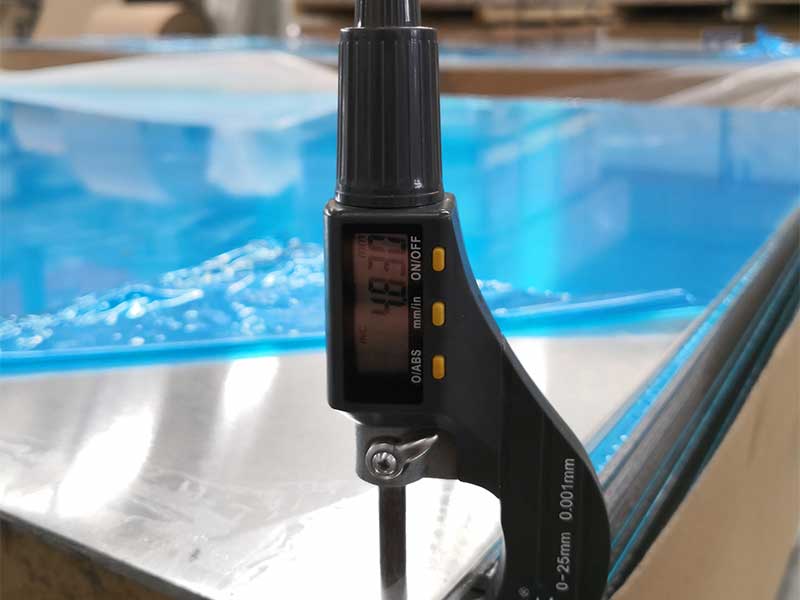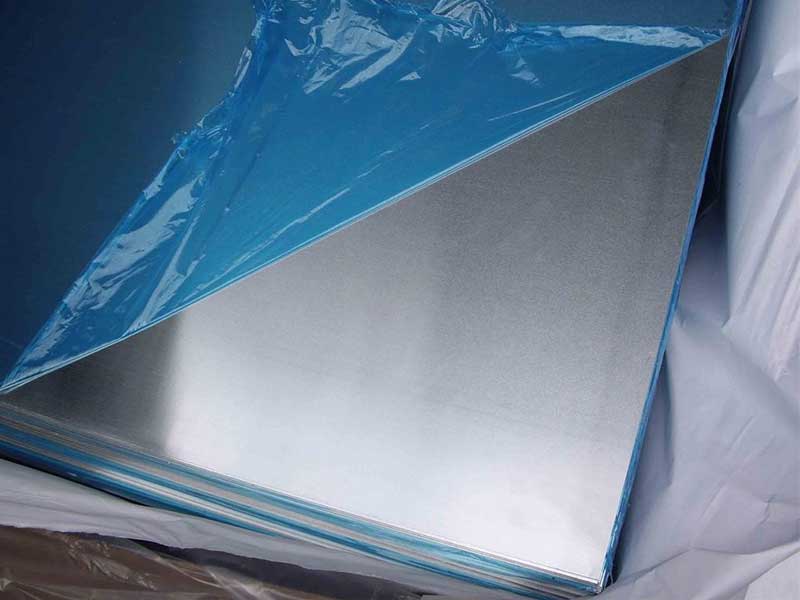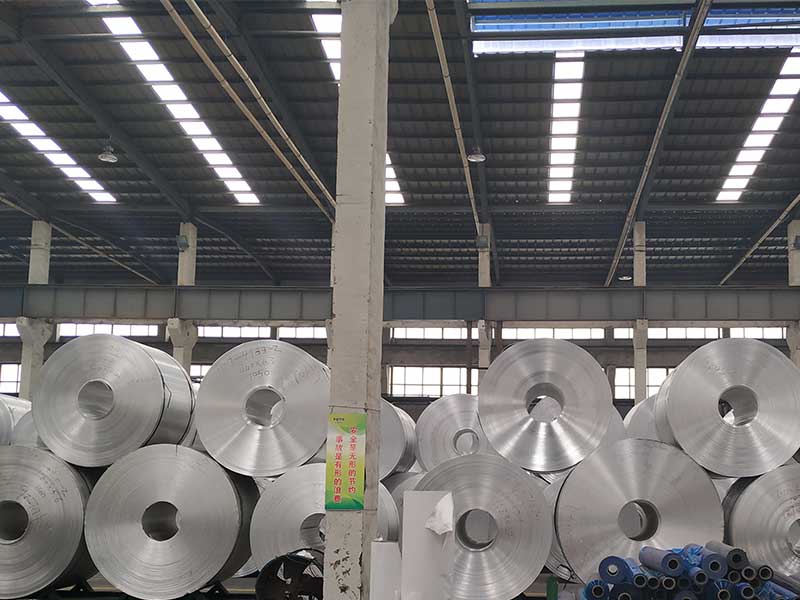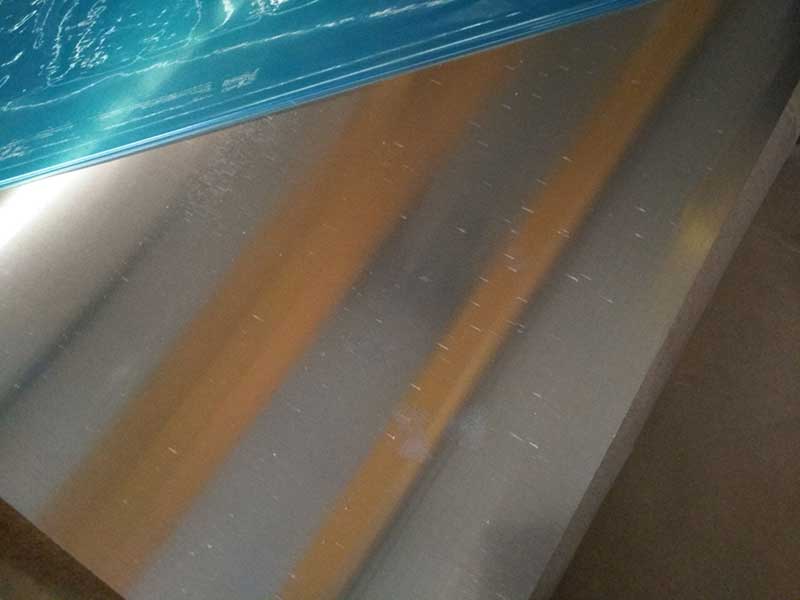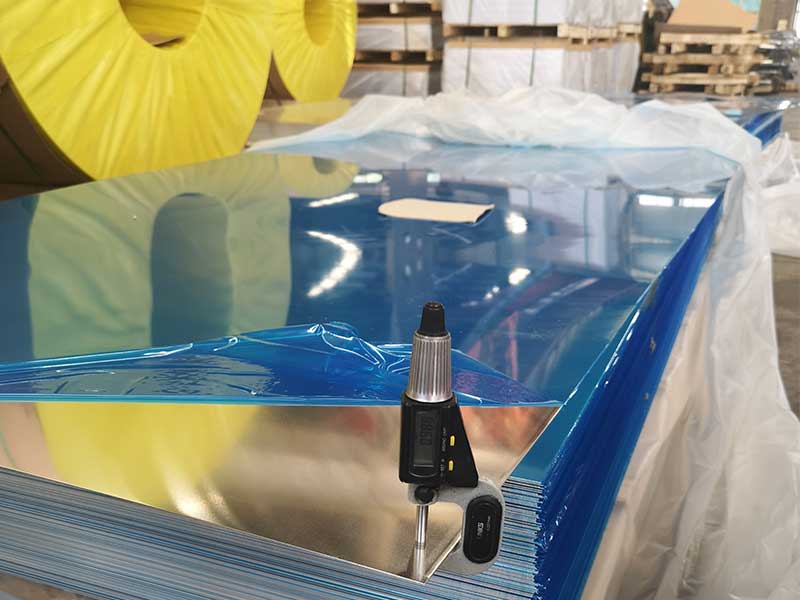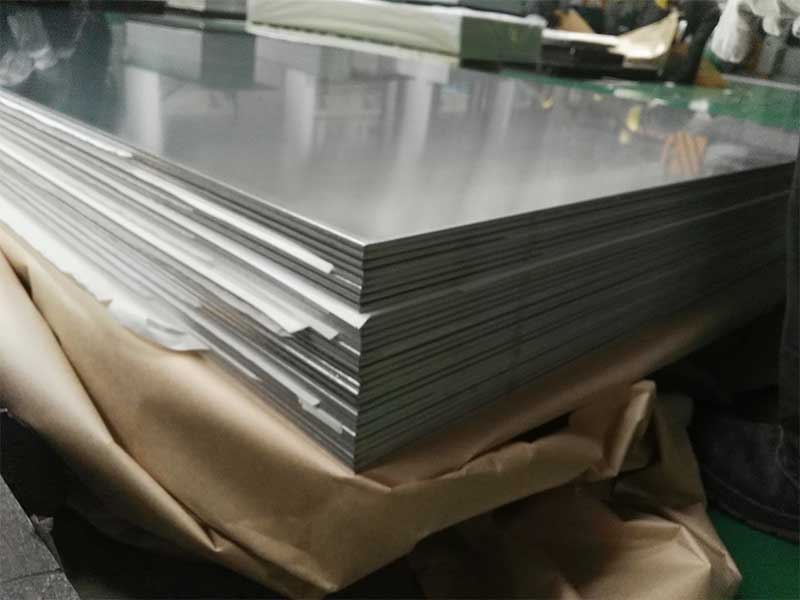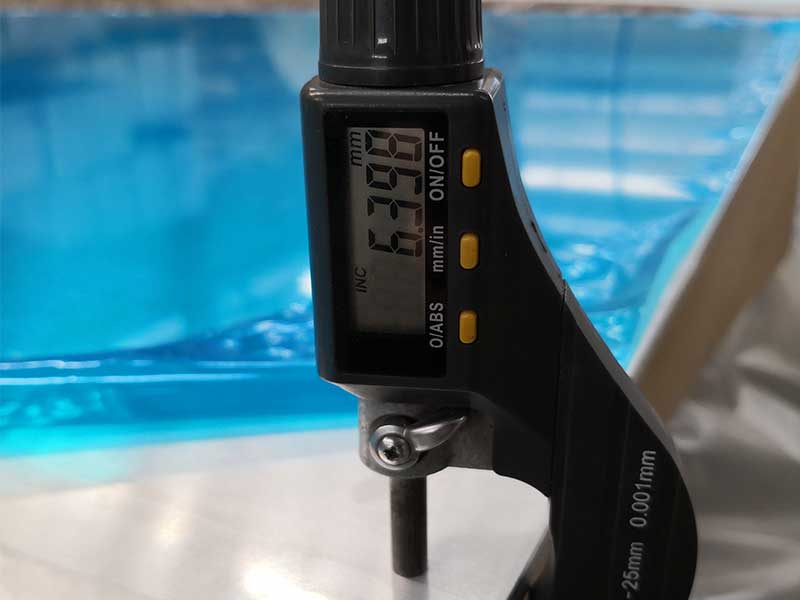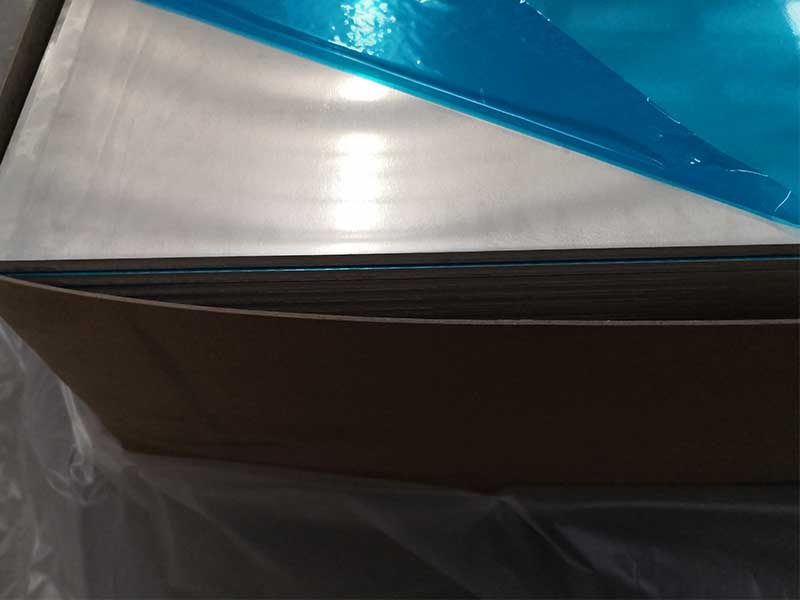2024-10-21 https://www.aluminum-coils.com/a/aluminum-and-aluminum-alloy-products-features.html
Understanding the Features and Applications of Aluminum and Aluminum Alloys
Aluminum and its alloys are among the most widely used materials across various industries today. These metals possess a unique combination of physical and mechanical properties that make them ideal for a range of applications. In this article, we’ll delve into the notable features of aluminum and aluminum alloy products and explore their applications in different sectors.
Features of Aluminum and Aluminum Alloys
-
Lightweight: One of the standout characteristics of aluminum is its lightweight nature. Aluminum is approximately one-third the weight of steel, making it an appealing option where weight savings are crucial. This property is particularly beneficial in industries such as aerospace and automotive, where reducing weight translates into fuel efficiency and performance enhancement.
-
High Strength-to-Weight Ratio: Although aluminum is lightweight, it is also surprisingly strong. Aluminum alloys are formulated to enhance their mechanical properties, resulting in a high strength-to-weight ratio. This feature makes them suitable for structural components that require durability without adding excessive weight.
-
Corrosion Resistance: Aluminum naturally forms a protective oxide layer that helps prevent corrosion. This resistance to environmental degradation makes aluminum and its alloys ideal for outdoor applications and in harsh environments, such as marine and chemical processing sectors.
-
Malleability and Ductility: Aluminum can be easily shaped and formed, thanks to its excellent malleability and ductility. This characteristic allows for intricate designs in many products, from automotive body panels to sophisticated architectural elements.
-
Good Thermal and Electrical Conductivity: Aluminum is an excellent conductor of heat and electricity, making it a popular choice for electrical applications. It is often used in the production of heat exchangers, electrical wiring, and power transmission lines.
-
Recyclability: Another significant aspect of aluminum and aluminum alloys is their recyclability. Approximately 75% of aluminum produced since the 1880s is still in use today. Recycling aluminum saves energy and further enhances its sustainability profile, appealing to eco-conscious consumers and industries.
Applications of Aluminum and Aluminum Alloys
Given the notable features of aluminum and aluminum alloys, it is no surprise that they find applications in a multitude of sectors:
-
Aerospace Industry: Due to its lightweight and high strength properties, aluminum is extensively used in the aerospace industry. Aircraft structures, wings, and engine components make substantial use of aluminum alloys, enhancing fuel efficiency and performance while reducing overall weight.
-
Automotive Sector: Lightweight aluminum is increasingly common in the automotive industry, where manufacturers seek to improve fuel efficiency by reducing vehicle weight. Aluminum is utilized for engine blocks, wheels, bodies, and various components, leading to enhanced vehicle performance and lower emissions.
-
Construction and Building materials: The construction industry employs aluminum for windows, doors, roofing, and structural frames because of its durability and resistance to corrosion. Additionally, architects value aluminum for its aesthetic qualities and versatility in building designs.
-
Electrical Applications: As an excellent conductor, aluminum is widely used in electrical distribution, power lines, and underground cables. Its electrical properties combined with its weight efficiency make it an ideal material for high-tension transmission lines.
-
Marine Applications: Given its corrosion resistance for saltwater environments, aluminum is well-suited for marine applications. It is used in boat hulls, fittings, and other structural components where rust and corrosion are detrimental to performance and longevity.
-
Consumer Goods: Aluminum’s malleability allows for the creation of intricate product designs in consumer goods, including kitchen utensils, packaging, and electronics. Its favorable properties contribute to durability and a modern aesthetic.

